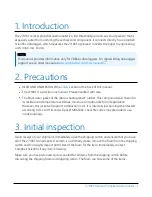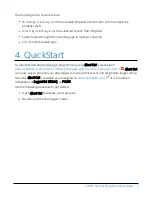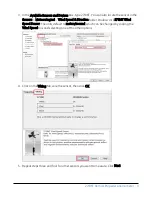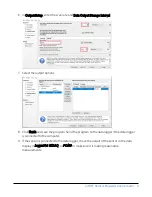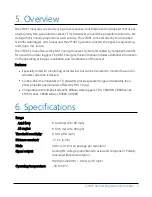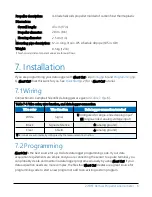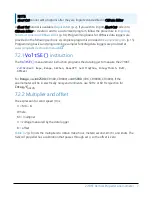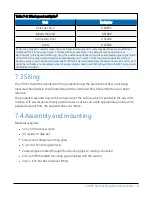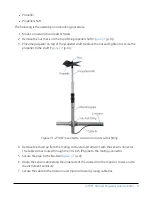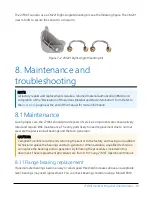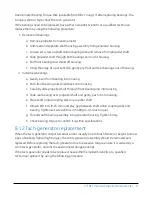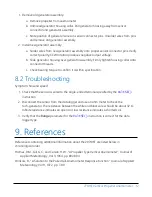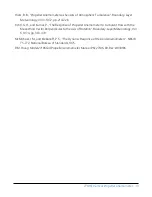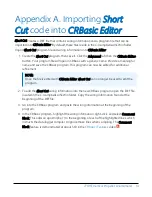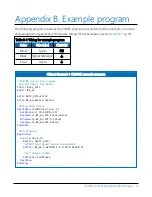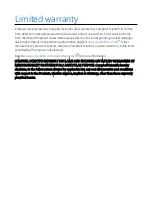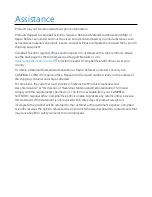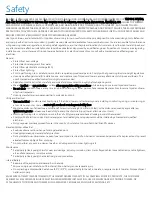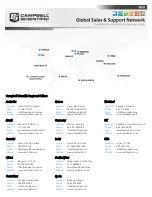
Table 7-2: Wind speed multiplier
1
Unit
Multiplier
Miles per hour
0.04025
Meters/Second
0.01800
Kilometers/Hour
0.06480
Knots
0.03496
1
When the propeller is used for measuring the vertical wind component, users may want to apply an additional
multiplier of 1.25 to the output signal. This may be done numerically in the data processing operations or
electronically in the signal conditioning. Using the additional multiplier brings the anemometer output signal within
±3% of the cosine response for elevation angles between –30° and 30°. Since the standard deviation of wind
elevation angle in open terrain rarely exceeds 12°, 98% (2.5 standard deviations) of observations will be within ±30°.
Using the multiplier is not necessary when the anemometer is used in a UVW configuration with R.M. Young model
26601UVW Translator.
7.3 Siting
The 27106T should be oriented with the propeller facing the predominant flow of air being
measured. No obstacle should interfere with the vertical air flow from either the up or down
direction.
The propeller responds only to the component of the air flow, which is parallel to the axis of its
rotation. Off-axis response closely approximates a cosine curve with appropriate polarity. With
perpendicular air flow, the propeller does not rotate.
7.4 Assembly and mounting
Materials required:
l
5/32-inch hex key wrench
l
UV resistant cable ties
l
Small pair of diagonal-cutting pliers
l
6-inch to 10-inch torpedo level
l
Cable (shipped routed through the mounting pipe to mating connector)
l
3/4-inch IPS threaded mounting pipe (shipped with the sensor)
l
3/4 x 1-inch Nu-Rail crossover fitting
27106T Vertical Propeller Anemometer
8



